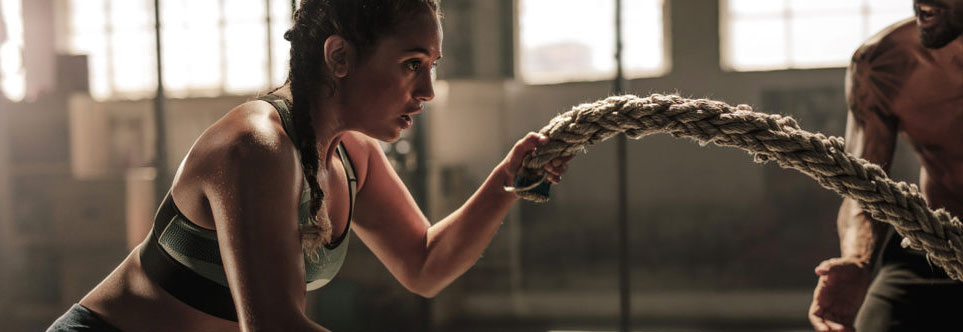
WHAT’S THE STORY ON MUSCLE SORENESS?
“I’m sore…in a good way.”
If you’ve worked out in a gym for any length of time, you’ve probably heard someone say this. You’ve also probably heard quite a few people discuss their muscle soreness because it’s something we all experience, and striving to get in shape can be considered a kind of shared suffering. You’re sore? I can relate! Now we’re friends!
Then, there’s the whole “badge of honor” attitude people tend to have about soreness, as if you only truly worked out if you’re unable to walk the next day.
So what’s the real deal when it comes to exercise-induced pain? Is there a “good sore” and a “bad sore”? Should you judge the effectiveness of your workout based on how much it hurts you?
In truth, many commonly held notions about how exercise affects the body are nonsense. Let The Summit Fitness Studio, home to the best personal trainers in Philadelphia, break this down for you.
Different bodies, different reactions
Soreness (science term: “Delayed Onset Muscle Soreness”) is a normal physical response to hard work because exercise involves stretching and straining and breaking down muscles in ways they’re not used to. But if you’re not sore, that doesn’t mean you didn’t work hard. By that same token, the woman who comes to your group class complaining about her quads isn’t necessarily working harder.
Of course, there are times when extreme soreness is a bad thing, and pushing through the pain is a bad idea.
Just like one fitness program isn’t effective for every client, one absolute truth about soreness does not exist. Everyone is different. That’s why you have a personal trainer: to personalize your workout plan and make sure you’re performing your routine safely.
You want to push yourself, and your trainer wants to push you so you get the absolute most out of every session and ultimately reach your health and wellness goals. Pain can be part of the process, but it’s certainly not the goal.
Rest and recovery are just as big a part of caring for your body as lifting, running, jumping, and sweating your butt off.
Prevention is key
While you might not be able to avoid delayed onset muscle soreness completely, you absolutely can and should take steps before and after your workout to minimize it. Too much soreness can de-motivate you and derail your fitness plan, especially if you’re just starting out.
Before your workout:
- Talk to your instructor or trainer about anything that might be hurting or bothering you, and they’ll help assess whether to modify your workout or hold you back.
- Warm up properly. Yes, this can involve stretching, but also some dynamic movements and lightweight lifting repetitions that help get your heart rate up and get your muscles ready to go hard.
After your workout:
- Cool down. Perform myofascial release on your muscles with a foam roller or lacrosse ball. Stretch more.
- Ice any sore areas.
- Massage therapy and chiropractic can be helpful in keeping the body loose and in alignment in between workouts.
- Get plenty of sleep.
The Summit Fitness Studio cares about its clients and wants to help them pursue their fitness goals and keep the journey pain-free when possible. For a great personal trainer in Philadelphia, contact us and set up a session.